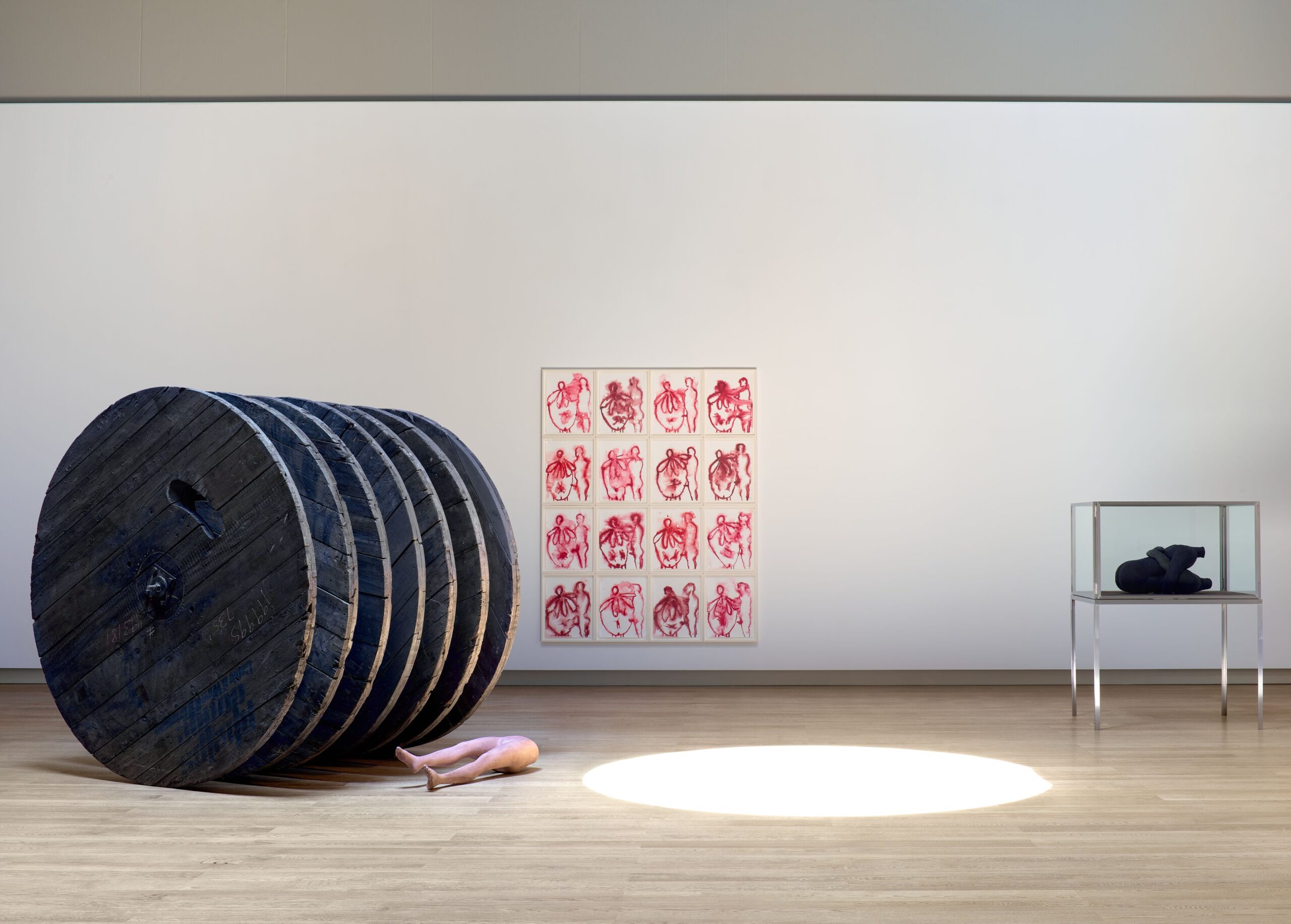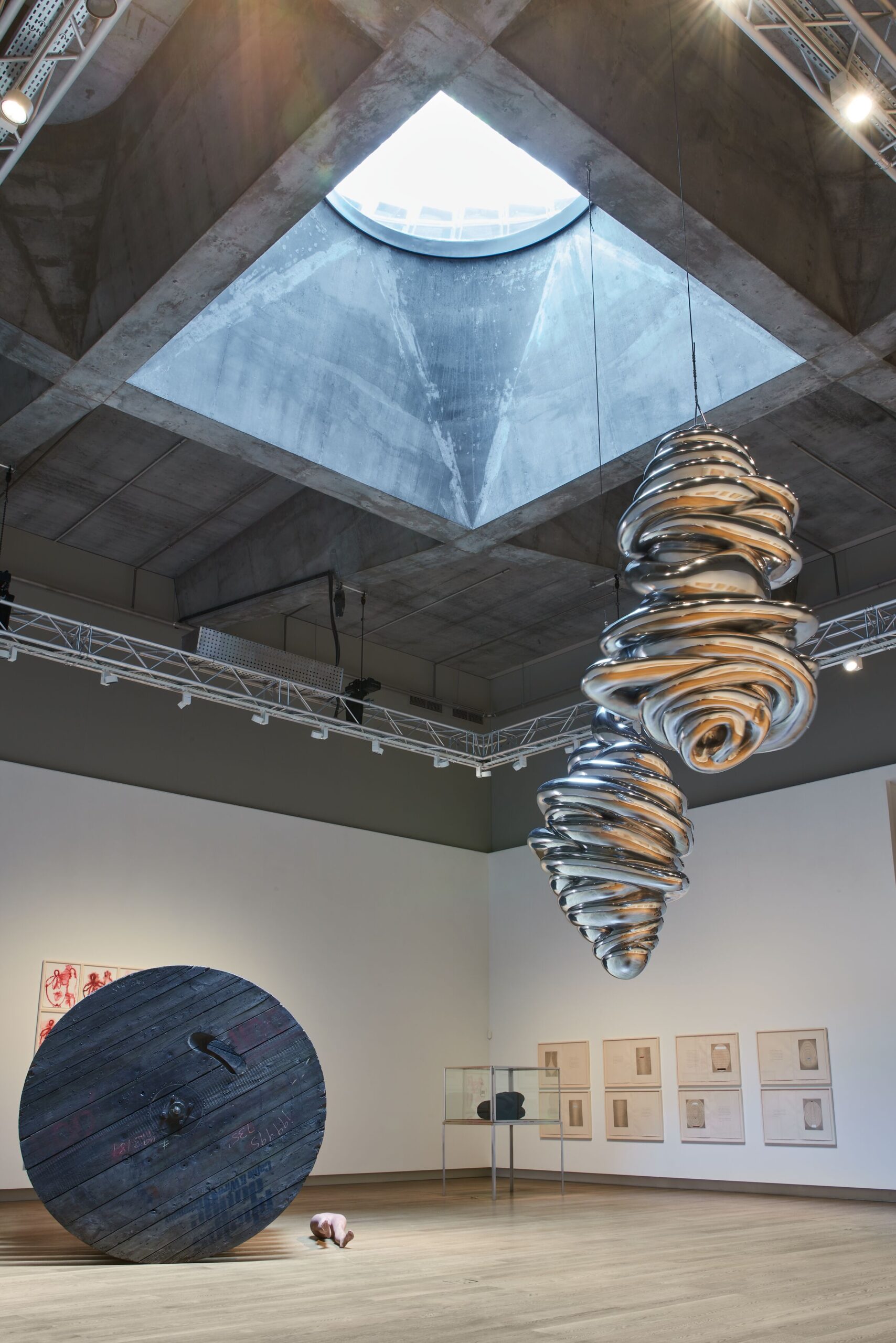ART GALLERYHAUSER & WIRTH
Hauser & Wirth opened a new exhibition and private viewing space in Monaco on the Côte d’Azur in June 2021.
Located in the heart of Monaco, near the historic Hôtel de Paris, Hauser & Wirth’s new gallery features a spectacular main exhibition space, a 290 sq.m. cube with 9 metre high walls, lit from above by a dramatic skylight. The conversion of the site has been conducted by Selldorf Architects, New York, which has collaborated with Hauser & Wirth on its spaces internationally since the founding of the gallery in 1992. In Monaco, Hauser & Wirth occupies the lower spaces of a building designed by Rogers Stirk Harbour + Partners and owned by the Société des Bains de Mer.
Hauser & Wirth was founded in 1992 in Zurich by Iwan Wirth, Manuela Wirth and Ursula Hauser, who were joined in 2000 by partner and co-president Marc Payot. A family business with a global outlook, Hauser & Wirth has expanded over the past 29 years to include outposts in Hong Kong, London, Los Angeles, New York, Southampton, Somerset, Gstaad and St. Moritz. In July 2021 Hauser & Wirth will open an art centre on Isla del Rey in the port of Mahon in Menorca. The gallery’s artists and estates have been instrumental in shaping its identity over close to three decades and are the inspiration for Hauser & Wirth’s diverse range of activities that engage with art, education, conservation and sustainability.
HAUSER & WIRTH
Place Du casino
98000 Monaco
www.hauserwirth.com
monaco@hauserwirth.com
tel. +377 92 00 04 20

EXHIBITIONLouise Bourgeois19 June–26 September 2021
The inaugural exhibition at Hauser & Wirth in Monaco, ‘Louise Bourgeois. Maladie de l’Amour’ explores the motif of the couple and its discontents through a selection of sculptures, installations, and works on paper. For Bourgeois, the relation to the Other has a fundamental importance, yet the desire for the Other carries within it the fear of rejection, abandonment, and isolation.
The common trope of love as a ‘mal’ or sickness has its roots in medieval ‘trobar’ (frequently composed in the South of France) and the traditions of courtly literature. Love is conceived as a sickness which consumes the lover even as it refines and elevates her sensibility. All thought and feeling become concentrated in the beloved, which engenders in the lover a loss of interest in the world around and a withdrawal of affect from other objects. This state of heightened vulnerability and sensitivity becomes a modality for perceiving the world.
The exhibition title also references the popular song of the same name with its chorus ‘maladie de l’amour, maladie de la jeunesse’. The origins of Bourgeois’ own malady lay in the events of her early childhood, and in particular the Oedipal fixation on her father which she never fully shook off. (Bourgeois’ favourite novel was Françoise Sagan’s ‘Bonjour Tristesse’, in which a young girl on vacation in the Midi sabotages her widower father’s summer romance.) There is an oscillation in Bourgeois’ art between the need to ward off the fear of separation and the wish to break up the couple.
The constellation of works in the exhibition bear directly or obliquely on this dynamic. The installation ‘Toi et Moi’ (2002), in which a mirror gives back distorted images of the Other, explores how desire structures our perceptions. ‘Shredder’ (1983) is an expression of rejection, jealousy, and murderous hostility. Two sculptures, ‘Couple’ (1996) and ‘Couple’ (2002), consisting of two fabric torsos embracing speak to the couple as a two-in- one: they are stitched together and cannot exist without each other, a state of dependency which is not without its dark side.
Three suites of flat works flesh out the show’s narrative dimension. The print portfolio ‘The Puritan’ (1947 Text; 1990-1997) tells the story of a man afraid of his own desires. The unique large-scale suite ‘When Did This Happen?’ (2007) attempts to trace back the aetiology of the trauma, which is here related to the capacity for image-making. ‘The Family’ (2008) consists of twelve views of a couple in which penetration, pregnancy, and motherhood are collapsed into a single moment in time.
In conjunction with the exhibition, one of the artist’s spider sculptures will be installed in the gardens adjacent to the gallery. Bourgeois conceived of the spider as a symbol of her mother, who was a seamstress in the family’s tapestry restoration atelier. It is also a kind of self-portrait, for just as the spider spins its web out of its body, Bourgeois believed her sculpture came directly out of her body.




